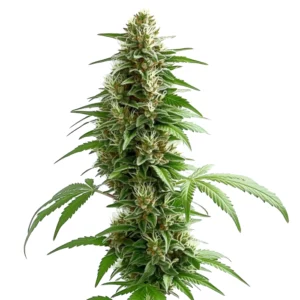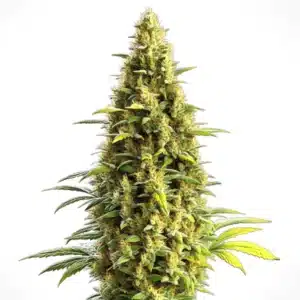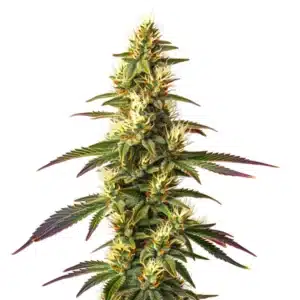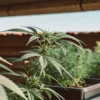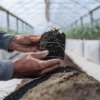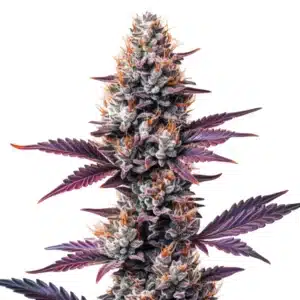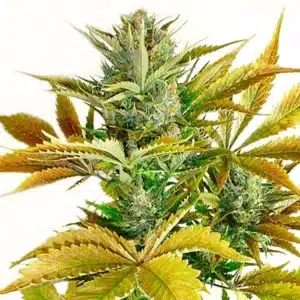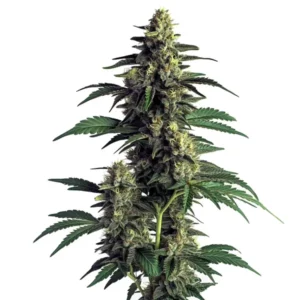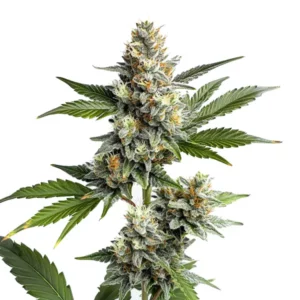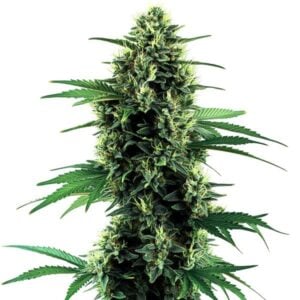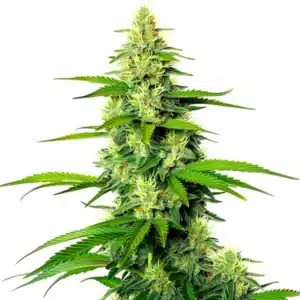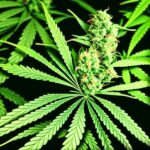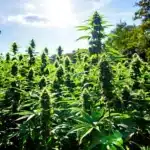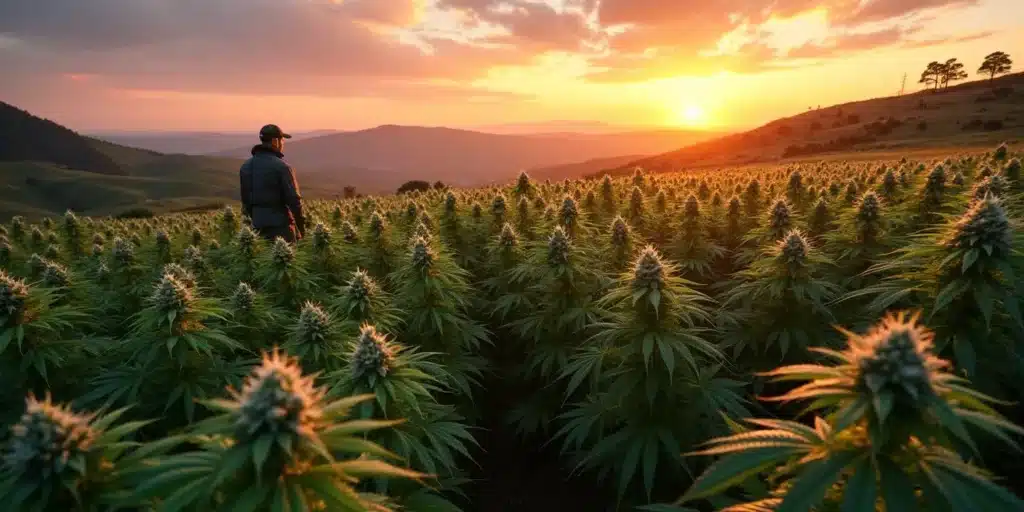
When Flip Trees Start Flowering Outdoor in Northern California
Northern California boasts an ideal climate for cultivating cannabis, where mild temperatures and abundant sunshine create a paradise for passionate growers. But timing is everything! Knowing when flip trees, outdoor cannabis plants, begin to flower is foundational for ensuring a successful harvest. In this article, we’ll explore the flowering timeline in this unique region and provide you with insights on how to care for your plants throughout this exciting journey.
The Flowering Process of Cannabis Plants
The flowering stage of cannabis plants is a truly transformative time. After the vegetative phase, where plants focus on leaf and stem growth, they enter flowering, which is all about producing buds. This transition is critical for anyone growing cannabis outdoors, as it dictates not only when to care for your plants but also when to anticipate the beauty of blooming buds.
Recommended Strains
Green Crack
|
|
THC | 21% (Medium) |
|
|
Type | Feminized |
|
|
Yield | High |
|
|
Phenotype | 35% Indica / 65% Sativa |
Green Crack Auto
|
|
THC | 18% - 20% (Medium) |
|
|
Type | Autoflowering |
|
|
Yield | High |
|
|
Phenotype | 50% Indica / 50% Sativa |
In Northern California, the cue for this transition typically happens when daylight begins to dwindle, particularly as summer melts into autumn. With the long days of summer propelling vegetative growth, growers will see their plants start to change as autumn approaches; the reduction in daylight hours signals the perfect moment for flowering to initiate. Being aware of this natural rhythm can be a game-changer for outdoor cultivators looking to maximize their harvest.
How Seasonal Changes Affect Flowering
The seasonal shift plays a significant role in determining when your outdoor cannabis plants will flower. In Northern California, the transition generally kicks off between late summer and early autumn, with September marking a particularly crucial month for flowering. As the daylight dims, you’ll be able to spot the small yet powerful changes in your plants as they prepare for this next exciting phase.
Growers can expect this flowering process to begin around late July to early August. As daylight hours decrease, the plants channel their energy from growing roots and leaves to creating flowers. Each strain may respond differently to these environmental cues, so it’s also a good idea to familiarize yourself with the specific genetic traits of the plants you are cultivating. After all, a well-informed grower is a successful grower!
Promos & Deals
Environmental Factors Influencing Flowering
When it comes to outdoor cannabis cultivation, environmental factors have immense significance. Temperature, lighting, and humidity are all elements that can dramatically sway how quickly and effectively your cannabis plants flower. Understanding these components will help you create a nurturing atmosphere where your plants can thrive.
- Temperature: Ideal temperatures for cannabis generally hover between 70°F and 85°F during the day. Extremes, whether scorching heat or chilly nights, can stress out your plants, which may delay flowering or even harm your crop.
- Lighting: As daylight begins to wane, this signals the cannabis plants to start flowering. Growers can leverage this natural pattern to optimize their growing schedules. Isn’t nature a great teacher?
- Humidity: Maintaining proper humidity levels is paramount. High humidity levels can lead to mold issues, while insufficient humidity can result in drought stress.
Monitoring these environmental factors regularly is not just a good practice; it’s essential for successful cannabis cultivation. For instance, if you notice that the humidity is creeping too high right before flowering, consider investing in a dehumidifier or placing fans around your plants to ensure a continuous breeze. Little adjustments like these can significantly impact your plants’ health and end yield.
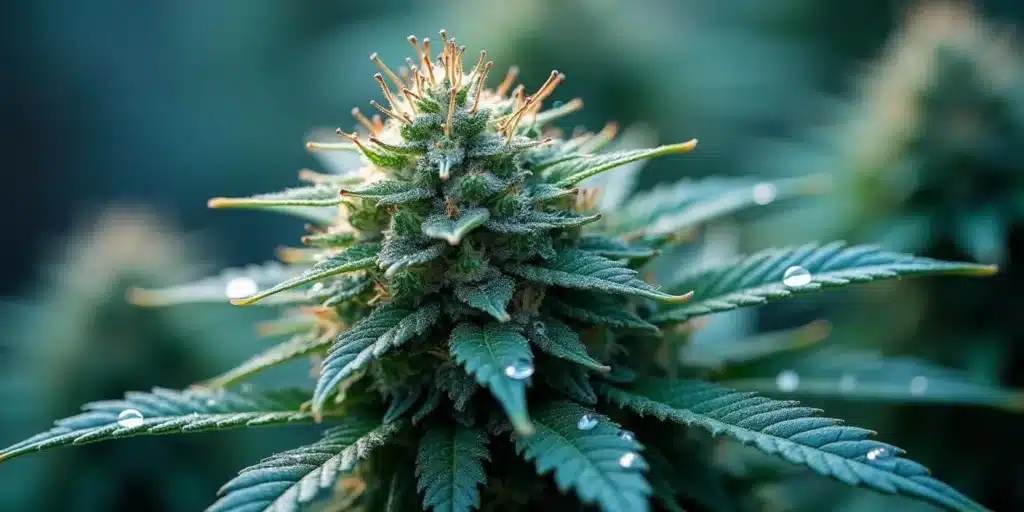
Choosing the Right Strains
The cannabis world is vast and varied, with each strain offering its own unique flowering timeline. By selecting strains that are well-suited for Northern California’s climate, growers can make informed decisions that optimize their cultivation efforts. An understanding of your chosen strains will allow you to set realistic expectations for the flowering phase and the overall growth process.
- Bubba Kush: Known for its robust flavor and calming effects, this indica strain typically flowers in early September, making it a favorite among many local growers.
- Green Crack: A sativa strain that flowers around late August, known for delivering an uplifting experience that can be enjoyed throughout the day!
- Gorilla Glue 4: This hybrid strain is popular for its well-rounded effects, with flowering generally commencing in early September.
Choosing the right strain is the first step, but understanding their characteristics further enriches the cultivation experience. Make sure to familiarize yourself with each strain’s specific flowering times, and plan your planting schedule accordingly. It’s worth the research and will undoubtedly enhance your garden’s success!
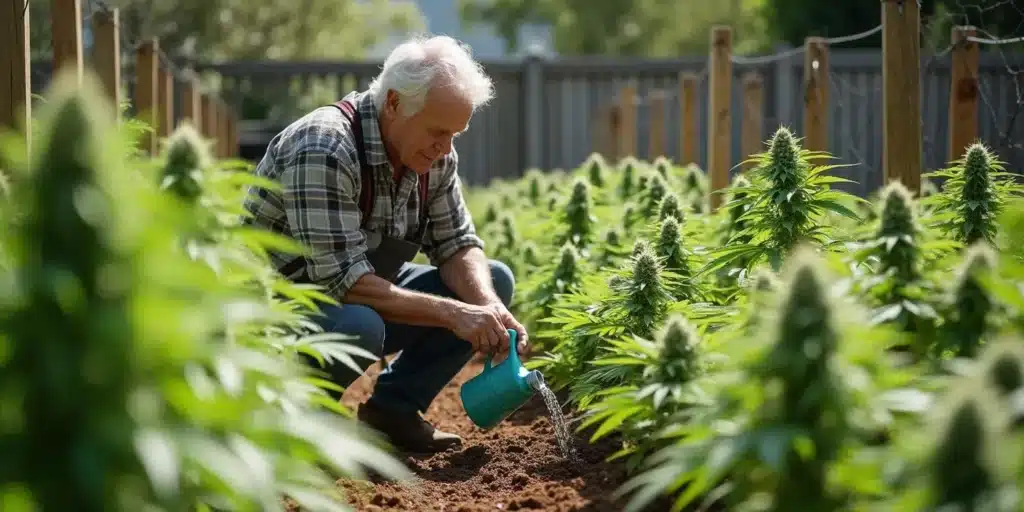
Practical Tips for Cannabis Cultivation
The flowering phase is a critical time to maximize your cannabis plants’ potential, and providing the right care can lead to an abundant harvest. For example, having a consistent watering routine is vital. Too much or too little water can slow flower development and stress your plants.
- Watering: Aim to water your cannabis plants in the early morning to minimize evaporation and prevent overheating during the hotter parts of the day.
- Nutrients: Using the right fertilizers designed for the bloom phase can significantly improve flower quality and yield.
- Pest Management: Regularly checking for pests will keep your plants healthy. If you detect any issues, early intervention can make all the difference.
Remember, each plant is unique, and they respond to care in their own ways. By paying close attention to their needs during the flowering phase, you’re investing in a flourishing garden that is likely to yield bigger and healthier buds!
Harvest Time Considerations
As the flowering phase progresses, one of the most vital tasks becomes monitoring the trichomes on the buds. These tiny, crystal-like structures will change in appearance as they mature. They start clear, transition to milky white, and finally develop an amber hue. Timing your harvest according to these changes can greatly impact the potency and flavor of your final product.
In Northern California, outdoor cannabis growers typically harvest their plants around late September to mid-October. However, keep in mind that this timing can vary based on the specific strain being grown. By regularly observing your plants during this phase, you can discern when they are at their peak for harvesting. Trust me; the anticipation is half the fun!
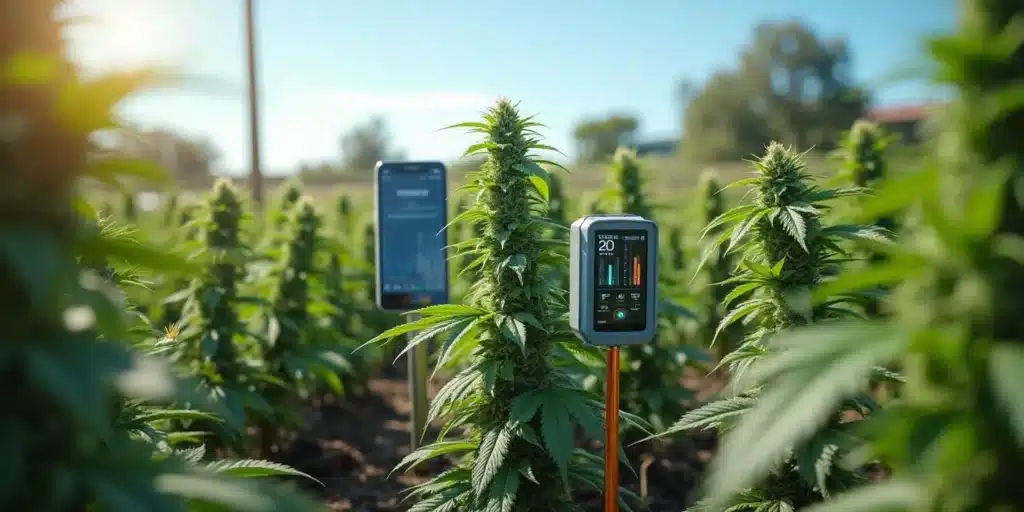
FAQs
When does flowering typically start for outdoor cannabis plants in Northern California?
Flowering generally begins in late July to early August as the days grow shorter and temperatures start to drop. This is the time when growers can witness transformative changes in their plants.
Does the strain affect the timing of flowering?
Absolutely! Different strains possess unique flowering cycles. Indica strains usually flower earlier than sativa strains. Understanding your specific strain’s traits can significantly help in planning the growing process.
What environmental factors should I monitor during flowering?
Pay close attention to temperature, humidity, and lighting. Each factor can drastically affect plant health and the flowering process, so be prepared to adjust as necessary. This adaptability will yield better results for your garden!
How can I tell when my plants are ready to harvest?
Monitor the trichomes closely. When they change from clear to milky and begin exhibiting some amber hues, it’s typically the right time to harvest. Timing your harvest correctly is essential for optimizing the potency and flavor of your product.
By staying attentive and responsive to your plants’ needs, you’ll find your growing experience more rewarding than ever. For further guidance on cannabis seeds and effective gardening techniques, don’t hesitate to explore resources like Blimburn Seeds. Happy growing!



